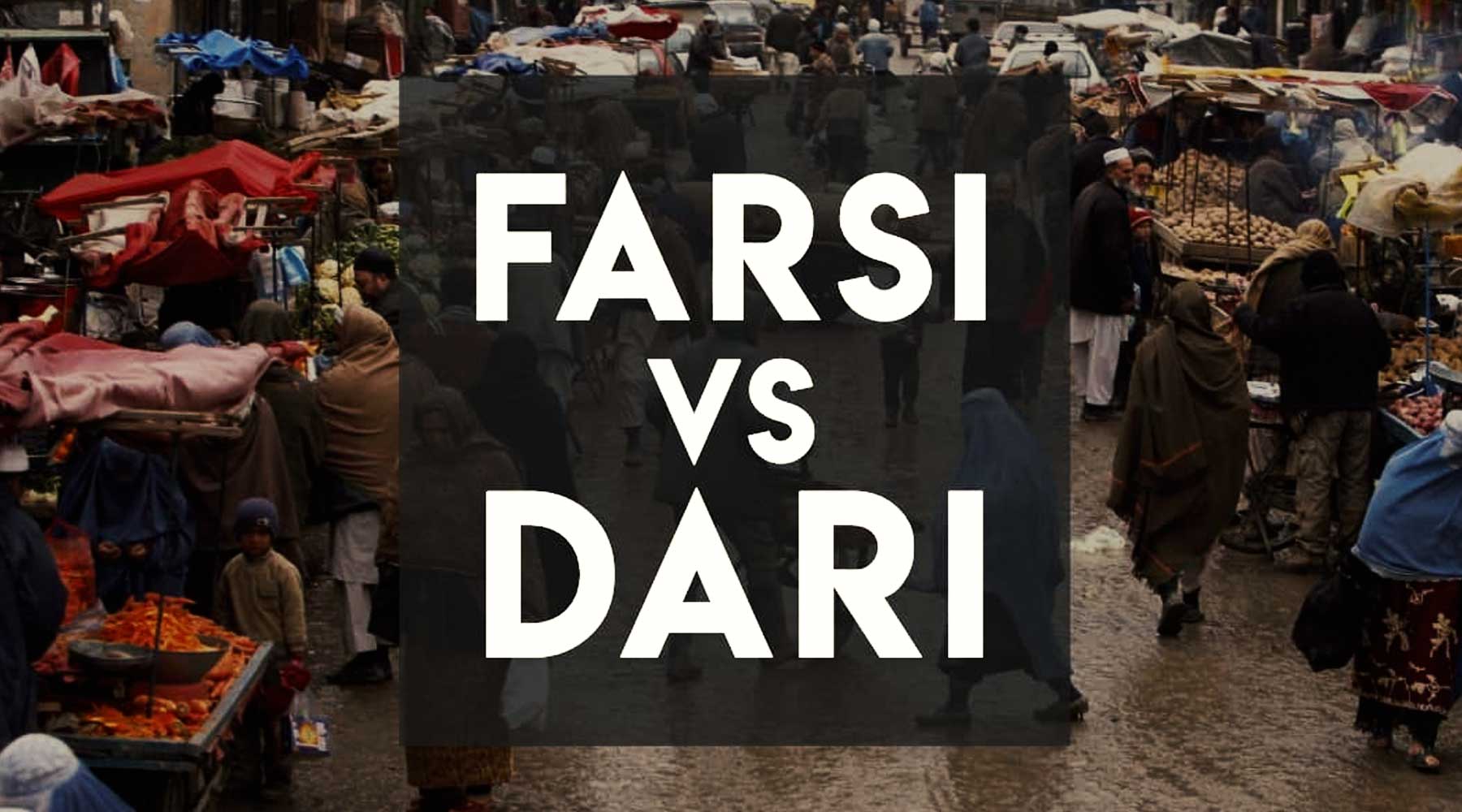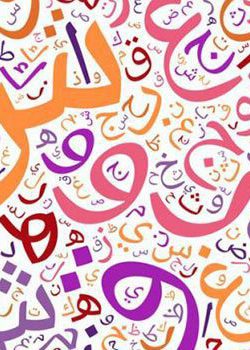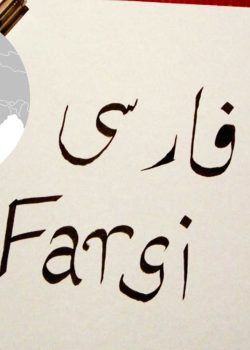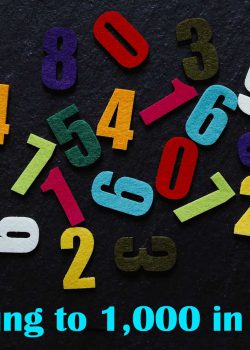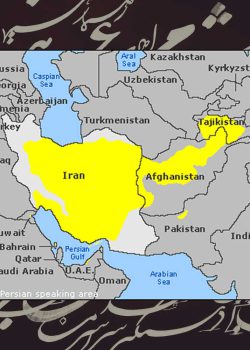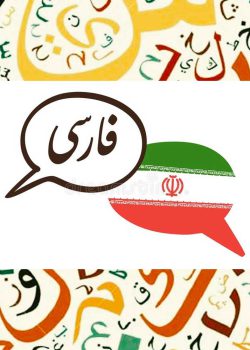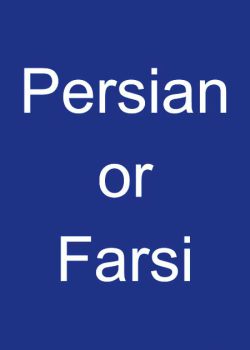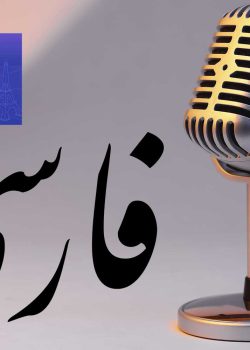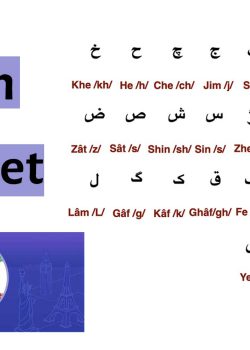Is Farsi the Same as Dari?
Nations in South and Central Asia use Dari and Farsi as their primary languages. There are three Aryan languages in the Indo-European family: Dari, Farsi, and Pashto. Although they all share the Arabic alphabet, Dari, Farsi, and Pashto speak separate languages. In this article, we are going to show you the difference between Farsi and Dari.
Dari__The native language of Afghans
The majority of Afghans speak and understand Dari, which is the official language of the country. Pashto is another widely spoken language in Afghanistan.
In fact, there are several parallels between Afghan Persian and Farsi and Iran’s official language in terms of pronunciation and grammatical idiom. Almost 40–45% of the population in Afghanistan speak Dari, which is the primary form of communication.
According to several experts, it’s possible that the term Dari’s origins may be traced back to the Sassanid Empire when the language was employed in court throughout the 3rd and 4th centuries.
Farsi___The native language of Iranians
Iran’s official language is Farsi, often known as Persian. The Arabic alphabet replaces the Latin characters used by the language, which makes it an Indo-European language. It has a lot in common with Hindi and Urdu.
Most of Farsi vocabulary is derived from Arabic, although the language also contains several English and French terms. There is a region in the middle of Iran known as Fars, and many people consider it the cultural center of the whole nation. According to popular belief, this is where Farsi language gets its name from.

What are the differences between Farsi and Dari?
This section will show you the difference between Farsi and Dari.
Dari vs. Farsi__Vocabulary
The contrast in vocabulary between Farsi and Dari is the most striking. A natural Dari or Farsi speaker may understand each other nearly completely. Verbs, adjectives, and nouns are only some of the terms that are different between the two languages.
There isn’t a set guideline for how the two vocabularies vary. According to some, the vocabulary of Afghan Dari is richer in Arabic terms than in current Iranian Farsi, while others maintain that Afghan Dari is more “pure.”
Because Farsi and Dari developed separately throughout time, the two have distinct vocabularies that do not completely overlap. However, based on what we’ve seen (and what other people who can speak both languages have said), Dari seems to contain more English terms than Farsi.
On the other hand, when it comes to Arabic terms, Dari prefers to employ a lot of Arabic words.
Dari vs Farsi ___ Grammar
There is a lot of similarity between the formal Farsi and Dari grammatical systems. The fundamental distinction is that in Dari, the particle daaram (دارم) is not used in the present continuous tense. There is no special connotation to emphasize the present tense in Farsi,
However, in colloquial Dari, there are simplifications to the language that are stylistically close to those in Farsi, but substantively distinct.
Both Farsi and Dari simplify the sound of the second-person singular conjugation (he or she), but in significantly different ways. Farsi alters the -ad ending to -eh, whilst Dari converts it to -ah. It’s written the same way in the Perso-Arabic script. The following is a good example:
Consider the term (He/she does). It is ishan mikonad (ایشان می کند) in standard Farsi. But it is different in Colloquial Farsi and Dari. Farsi speakers will pronounce it as (u mikoneh) and Dari speakers will pronounce it as u mekonah.
People in colloquial Dari use the -gak or -k suffix to make things little, expressing their feelings of love. For instance, dokhtarak means “little daughter” but truly “loving daughter,” while bachagak means “little/beloved son.” The daughter or son in each of these situations isn’t always a child; she or he may even be an adult.
Dari vs Farsi ____ Pronunciation
Farsi is pronounced differently from Dari in the most obvious way. When someone who speaks Farsi listens to an Afghan speak, they could get the impression that they are speaking with an Arabic accent. The reason is that certain words have a distinct pronunciation and a different “rhythm.”
To make it easier to pronounce, Farsi shortens the -ad suffix to -eh for the second-person singular (he/she) while Dari changes it to ah. Nevertheless, the two languages do it in somewhat different ways.
Also, the second-person plural (“you people”) conjugation of verbs is simplified in both Farsi and Dari in the same manner. For instance, in Dari and Farsi, the word “you (plural) do” is written mikonid ( می کنید) but it can be spelled mikonin (می کنین) as well.
Moreover, small gestures of love are denoted by the use of the -gak or -k ending in informal Dari speech. For instance, the name Dokhtarak literally translates to “little daughter,” but it more accurately refers to “loving daughter,” and the name Bachagak means “tiny/beloved son.” In each example, the daughter/son isn’t always a child, and may be an adult.
Iranian Farsi has a more melodic character than Dari, which is more staccato, in Tehran and other large cities.
Fewer adjacent consonants in Dari
Even in Dari, there is a greater reluctance to use neighboring consonants, resulting in the staccato sound.
There are no words in Farsi that begin with two consonants next to each other. It is impossible to say “spaghetti” in Persian without sounding like “espaguetti”. As a side note, Persians have never effectively used the word “squirrel.” However, this may occur more often in Dari.
The pronunciation of letters in Dari
The following are the most notable distinctions in the pronunciation of Farsi and Dari:
The qaff (ق) letter: Rather like Arabic, the Afghans make a harsh “q” sound from the back of their throats. In Iran it is pronounced the same way as they pronounce the letter ghayn (غ), which is similar to a French “r” in the word “rouge”.
Vowels with short and long aa: It is common practice to alter the short a (not written) to an e while pronouncing the long alef (آ) in Tehrani or Shirazi Farsi. For instance, to express “I don’t know” in Farsi, a Tehrani or Shirazi might express nemidoonam, but an Afghan might say namidaanam. Additionally, the term for “one” (یک) is pronounced yek in Iran, whereas it is yak in Afghanistan.
The letter waaw/vaav (و): While the waaw/vaav consonant in Iranian Farsi is often heard as a vowel v, this is not the case in Afghan Farsi, where it is spoken as a w sound, similar to Arabic. For instance, the word “time” (وقت) is pronounced differently in these two languages. In Afghanistan, it is pronounced wakht, while in most of Iran, it is pronounced vakht.
Dari vs. Farsi__Colloquial modifications
Dari, like Farsi, employs a variety of colloquial alterations to words.
The last consonant is often dropped in normal Dari speech. For instance, the word “here” ( این جا) is pronounced “in jaa” in Farsi, but in Dari it is pronounced “I jaah”, and the word for “I/me” (من) is pronounced “man” in Farsi, whereas in Dari it is pronounced ma.
Both Farsi and Dari speakers reduce the verbs, but they pronounce them quite differently, especially in the first person.
However, both Afghans and Iranians have been known to simplify their pronunciation at times. These are some of the more interesting ones:
It is possible to pronounce the letter qaff (ق) as “kh” instead of “q”: In nouns like “time” (وقت) and “point” (نقطه), both Afghanistan and Iran use the same qaff pronunciation alteration.
Qaff (ق) the only Arabic letter that hasn’t lost its regional accent in these two places. When it comes to pronunciation, Dari has just one difference: the letter qaff (ق). All of the letters se (س), se se-nokhteh (ث), and saad (ص) have the same “s” sound, which is why they are all pronounced the same.
FAQs
Knowing the distinctions between Farsi and Dari, you’re now prepared to get the answers to some of the most frequently asked questions concerning the two languages.
Is it possible to learn Dari in a short period?
One of the Indo-Iranian languages, Dari, exhibits structural similarities with Farsi and Tajiki. In fact, there are a plethora of online resources to assist you in mastering Dari’s grammar.
Is it worthwhile to study Farsi?
For those of you who aren’t sure whether Persian is worth studying or not, it is recommended to listen to it online, and you’ll fall in love with it! Many advantages come from studying Persian, including access to a long and fascinating history, the ability to better understand Arabic, and the fact that it is widely spoken worldwide.
Is it possible for Dari speakers to comprehend Farsi?
Dari and Farsi speakers can communicate with one another and comprehend each other easily. For the most part, the formal Dari and Farsi languages are quite similar. Most of these phrases are already widely recognized in Dari, but Farsi linguistic community has been attempting to create Farsi translations for them.
Is learning Dari difficult?
It’s a piece of cake. Anyone having this query in mind doesn’t have to be concerned about where to begin their education from. When spoken in a formal setting, Dari and Farsi sound quite similar.
Are Afghans fluent in Farsi?
This nation is bilingual, with Pashto and Dari being both the official languages spoken by the majority. Officially recognized as Dari in Afghanistan, Farsi (Persian) is nevertheless commonly spoken by its local speakers.
Conclusion
Although the written forms of Farsi and Dari are understandable to each other, the two languages are quite distinct when spoken. The distinctions in pronunciation and word use are more apparent when Farsi and Dari are spoken more casually, despite the similarity in official contexts.
Related Posts

